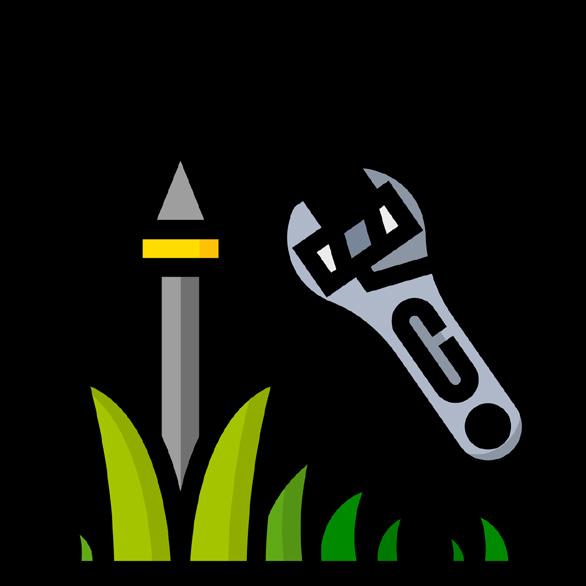
1 minute read
Tracking snowpack
Centennial Water’s water resources staff keeps a close eye on our water supply all year long, monitoring demands, tracking water storage levels, and predicting future water supply through careful watch of snowpack.
Snowpack is the total amount of snow on the ground. Throughout the winter, experts regularly measure the snow water equivalent in the mountain snowpack. Tracking the amount of water in snow is not as easy as it sounds. Twelve inches of snow does not equal 12 inches of water. The amount of water released by snowmelt varies based on how dense the snowpack is. According to the National Weather Service, there can be one inch of water produced for every 10 to 12 inches of snow.
How much snow falls in the high country over the winter, and how much water is in the snow, provides Centennial Water with an indication of what the district can expect come spring and summer. Most of our water supply comes from snowpack in the South Platte Basin that melts and makes its way to streams, known as runoff. This runoff flows downstream and is captured in reservoirs. How much Centennial Water is able to capture is determined by water rights at any given time.
The water industry is a complex business impacted by Mother Nature and legal constraints. Our team is dedicated to ensuring water supply for our community. It is a combination of tasks that require attention to detail and good strategic planning. To learn more visit centennialwater.org/water-wastewater/water-supply.
1 Foot of Snow 1 Inch of Water =
Tune up your sprinkler system
1 2 3 4
Inspect your sprinkler heads. Look for obstructions such as rocks or debris that may block the water flow, and verify nozzles are spraying in the right direction. You don’t want to water the sidewalks!
Run all zones of your irrigation system, one at a time. Check for leaks, drips, puddles and watch for loss of pressure.
Check the control valve box. Look for dripping or pooling water, worn parts and loose wiring.
Get familiar with your controller - don’t set it and forget it. Water requirements change throughout the season and so should irrigation run times.




